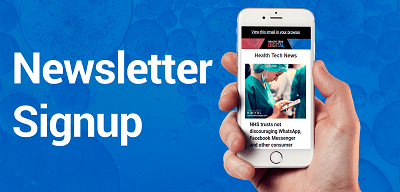The journey from identifying a promising compound to getting an approved drug on the pharmacy shelf is long, complex, and often extremely expensive.
Traditional drug development can take over a decade and cost billions of dollars, without any guarantee of success. Fortunately, artificial intelligence (AI) is beginning to transform this.
By leveraging AI, pharmaceutical companies, biotech startups, and research institutions are making significant strides in accelerating drug discovery, improving clinical trial outcomes, and reducing costs.
In short, AI is quickly becoming a game-changer in the race to develop new treatments.
Drug Discovery Needs a Rethink
Before getting into AI’s role, it’s important to understand the challenges that plague traditional drug discovery:
- High attrition rates: Roughly 90% of drug candidates fail before reaching approval.
- Time-intensive processes: On average, it takes 10–15 years to bring a drug to market.
- Massive costs: The estimated price tag for developing a single approved drug can exceed $2.6 billion.
These challenges stem in part from the trial-and-error nature of identifying viable drug compounds and predicting how they’ll behave in the human body.
AI, with its ability to process and analyze vast amounts of data, is ideally suited to tackle these inefficiencies.
How AI Supports the Drug Discovery Process

1. Target Identification and Validation
One of the first steps in drug development is identifying which biological molecules (like proteins or genes) play a critical role in a disease. AI can sift through genomic data, research papers, and clinical datasets to help pinpoint viable targets more quickly and accurately than human researchers alone.
For instance, machine learning algorithms can analyze large-scale datasets to uncover previously unknown connections between genes and diseases, shaving months or even years off the discovery timeline.
2. Molecule Screening and Drug Design
Traditionally, researchers might test thousands of compounds in the lab to find one that binds to the target of interest. AI helps narrow the field by using predictive modeling to evaluate which molecules are most likely to work before physical testing begins.
Deep learning techniques can also generate entirely new molecular structures with desirable properties; essentially, designing potential drugs from scratch based on known data.
3. Preclinical Testing and Simulation
Before clinical trials, drugs must undergo rigorous preclinical testing to evaluate their safety and efficacy. AI can simulate how a drug might interact with different cell types or predict potential side effects using existing biological data.
This virtual screening reduces the reliance on animal testing and helps researchers focus their resources on the most promising candidates.
4. Optimizing Clinical Trials
Once a drug moves to human trials, AI continues to play a vital role.
From selecting ideal trial participants based on genetics and demographics to predicting dropout rates or adverse reactions, AI improves both the efficiency and reliability of clinical studies.
Real-world examples include using natural language processing (NLP) to analyze electronic health records or wearable device data to track patient responses in real time.
What about the Real-World Applications?
AI is already delivering real results.
One notable example is Insilico Medicine, which used AI to identify a new treatment candidate for idiopathic pulmonary fibrosis. The discovery took just 18 months (a fraction of the traditional timeline), and the drug has since entered clinical trials.
Similarly, companies like Deep Genomics and Atomwise use AI to predict drug-target interactions and optimize molecule selection, respectively. These platforms have dramatically increased the success rate of early-stage drug discovery projects.
According to a 2024 study published in ScienceDirect, AI-powered approaches have contributed to more than 150 drug discovery collaborations globally, including partnerships with major pharmaceutical players like Pfizer and Novartis.
AI’s Growing Role Across Healthcare
As AI continues to shape the drug development process, it’s also being adopted across multiple healthcare settings.
This shift has created a growing demand for professionals who understand both clinical care and emerging technologies.
That’s where advanced education comes into play. Programs like online post master’s certificate nurse practitioner programs are helping bridge the gap by equipping nurses with the specialized skills needed to navigate AI-powered tools and systems.
These practitioners often work alongside data scientists, physicians, and researchers to interpret AI-generated insights and apply them in real-world patient care and clinical decision-making.
Challenges and Considerations
Despite its promise, integrating AI into drug development is not without challenges:
- Data quality and bias: AI is only as good as the data it learns from. If datasets are incomplete or biased, the predictions may be flawed.
- Regulatory hurdles: The FDA and other agencies are still developing frameworks for evaluating AI-driven drug development tools.
- Ethical concerns: Transparency, privacy, and the “black box” nature of some AI models continue to raise red flags in clinical applications.
Still, many experts believe these issues can be managed through collaboration, standardization, and continued oversight.
–
AI has the potential to revolutionize drug discovery from start to finish. By reducing costs, speeding up timelines, and increasing success rates, it promises a more efficient, responsive, and personalized future for medicine.
That said, human expertise remains irreplaceable. AI may identify the patterns, but it’s healthcare professionals (especially those trained in advanced roles) who turn those insights into real-world impact.
As technology continues to evolve, investing in education and interdisciplinary collaboration will be key to unlocking AI’s full potential in healthcare.

 Image Source
Image Source








